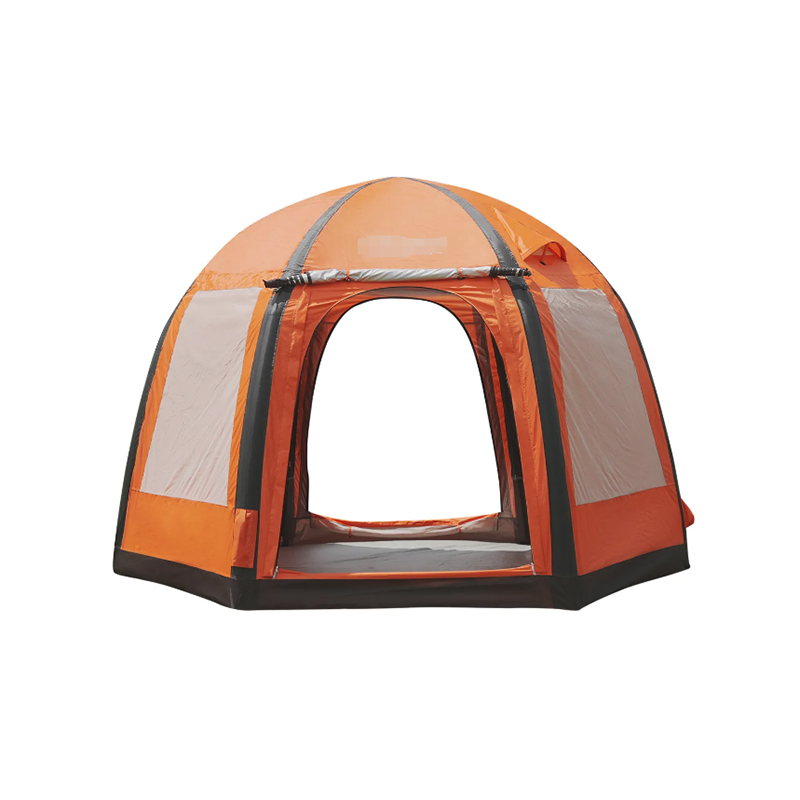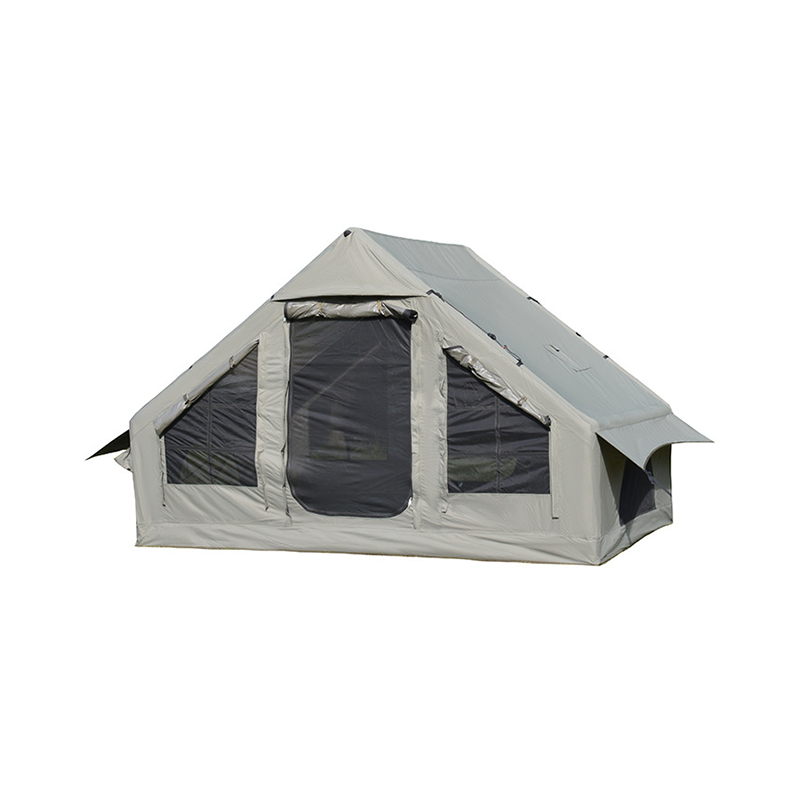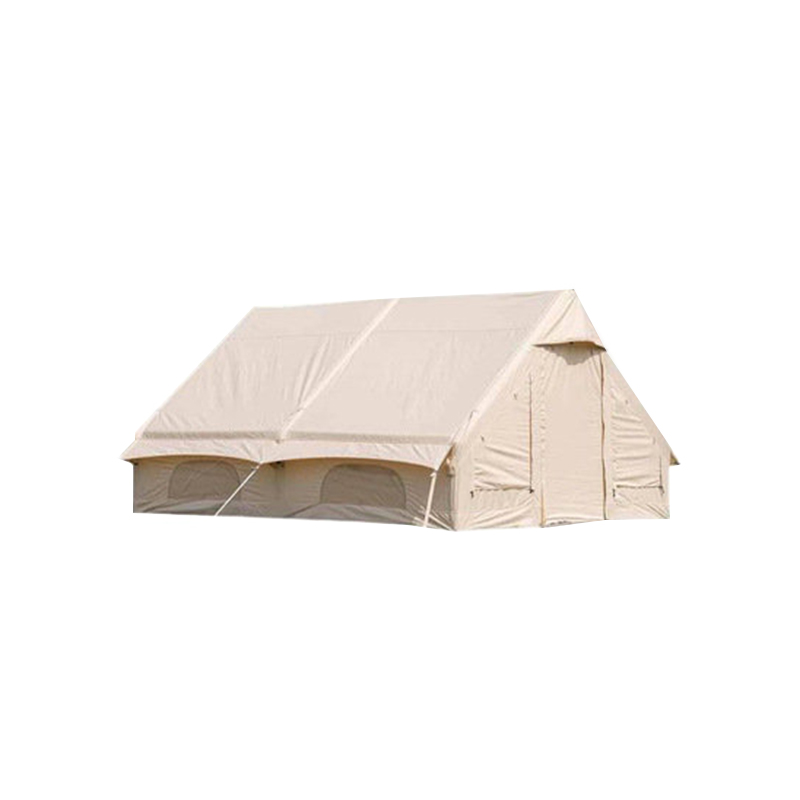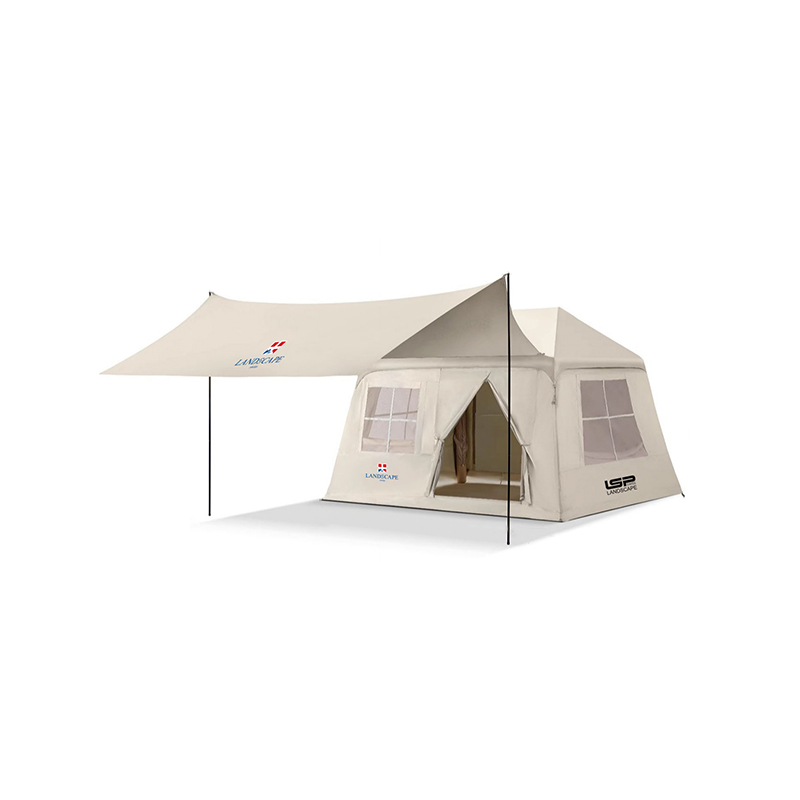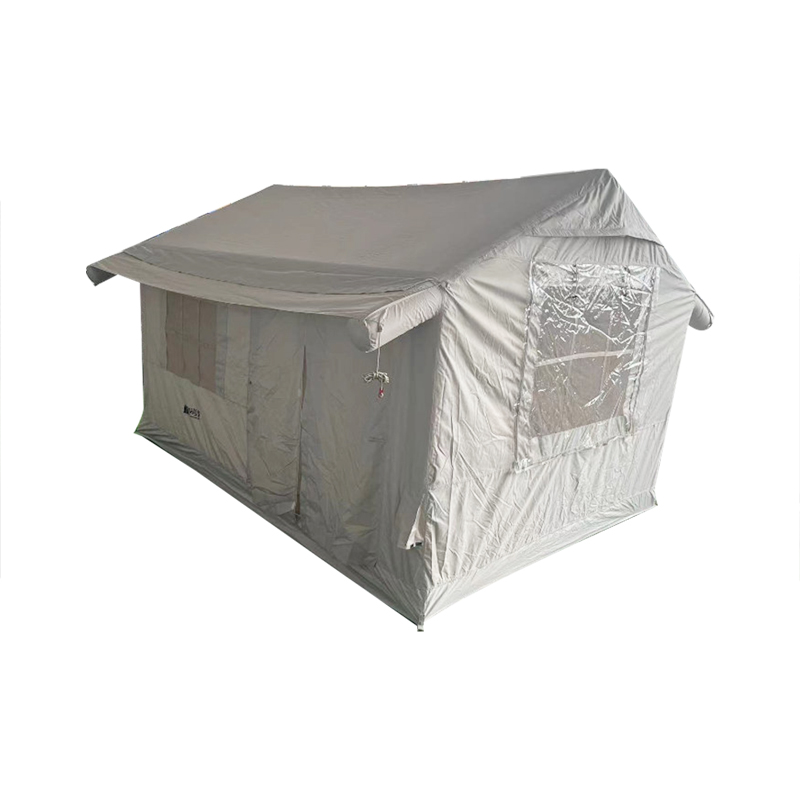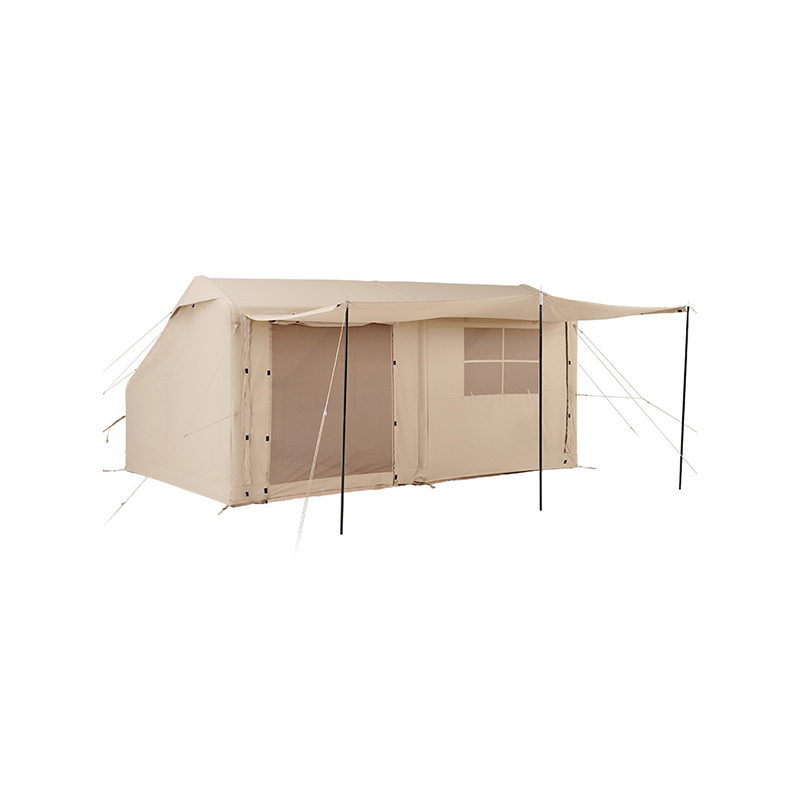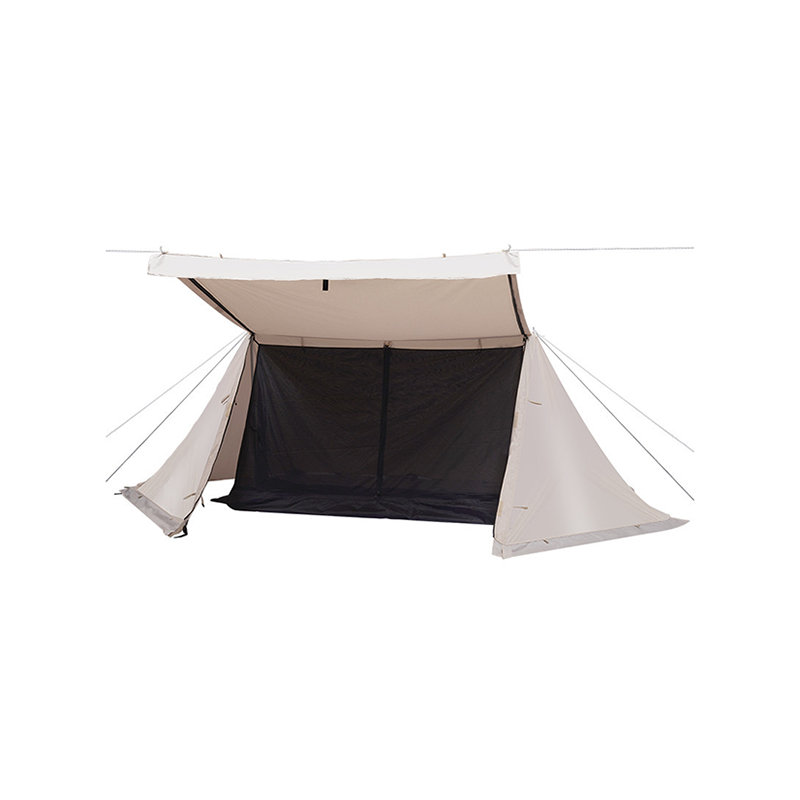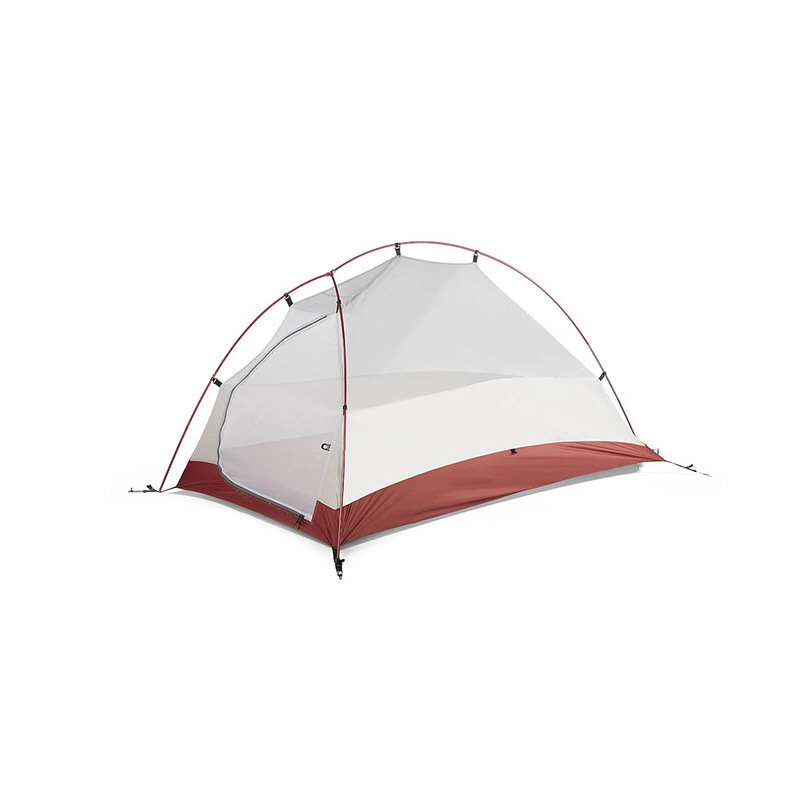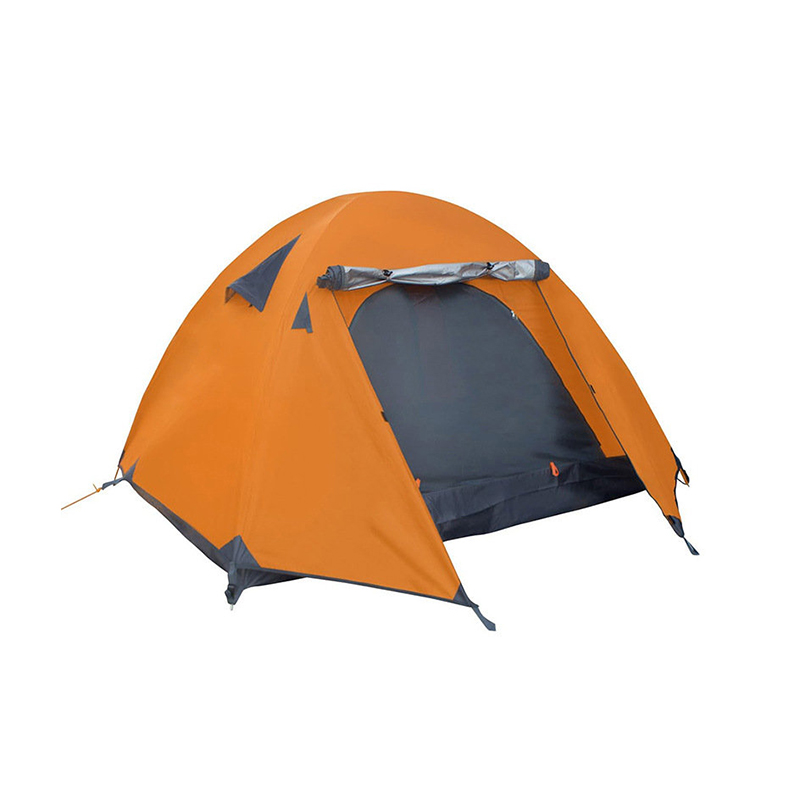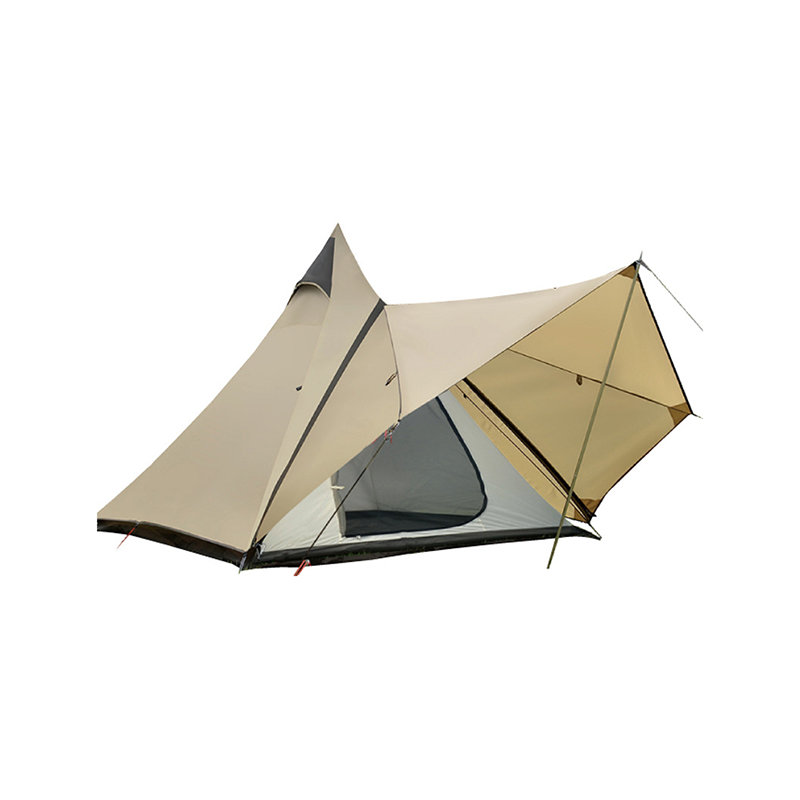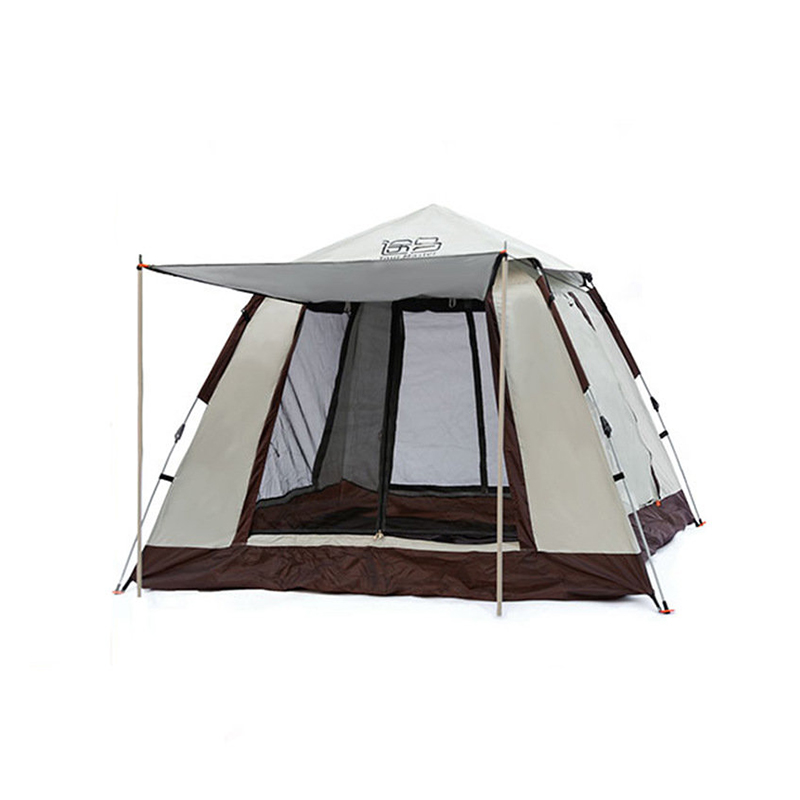The Quick-Set Camping Tent is built with high-performance fabrics, polyester or nylon, that are treated with waterproof coatings such as polyurethane (PU) or silicone. These treatments ensure that the outer shell of the tent repels water rather than allowing it to soak into the fabric. The coating is designed to prevent water penetration even under heavy rain. To measure the efficacy of these fabrics, manufacturers often use a hydrostatic head rating, which quantifies the pressure of water the fabric can withstand before it starts to leak. Tents with a hydrostatic head rating of 2,000mm or higher are generally considered waterproof, making the Quick-Set Camping Tent suitable for moderate to heavy rainfall. These waterproof coatings also contribute to the tent’s overall durability by protecting the fabric from the damaging effects of moisture, UV exposure, and abrasion over time.
Seams are one of the most vulnerable areas of any tent when it comes to water leakage. The Quick-Set Camping Tent addresses this issue through the process of seam sealing, where waterproof adhesive tape is applied to all sewn seams. When tents are stitched together, small holes are created where the needle passes through the fabric, which can become entry points for water. Seam sealing prevents these holes from allowing moisture to seep through. The sealing process involves not only taping the seams but also ensuring that the stitching is reinforced, providing an added layer of protection. This detail is especially crucial in heavy rain or when camping in high-moisture environments, as it reduces the risk of leaks at critical points of the tent’s construction, such as along the roof, walls, and floor joints.
The rainfly is an essential component of a Quick-Set Camping Tent, providing an additional layer of waterproofing over the main tent body. The rainfly is designed to shield the tent from the elements, particularly rain. Many Quick-Set Camping Tents come with an extended rainfly that offers more comprehensive coverage than standard designs. The rainfly extends well beyond the edges of the tent, which diverts rainwater away from the tent’s fabric and prevents it from pooling around the base. This design also reduces the chances of water seeping into the tent’s interior by directing the flow of water away from vulnerable areas, such as the door and windows. The extended rainfly can be adjusted for different weather conditions to offer optimal protection.
The floor of the Quick-Set Camping Tent is made from highly durable, waterproof materials like polyethylene or coated nylon. These materials are chosen for their resistance to water penetration and wear, especially in high-contact areas where moisture from the ground could seep through. Some Quick-Set Camping Tents also incorporate a bathtub-style floor construction, where the tent’s floor material extends up the sides of the tent slightly, creating a “bathtub” effect. This design feature is crucial for preventing water from entering the tent during heavy rain, as it prevents water from pooling at the base of the tent and seeping in. This ensures that users stay dry even when camping in wet or flooded conditions.
While ensuring waterproofing, it is also essential to maintain proper ventilation to reduce condensation inside the tent. The Quick-Set Camping Tent is designed with strategically placed vents that allow air to flow through without compromising the tent’s ability to keep out rain. These vents are positioned at the highest point of the tent, near the peak or in the roof area, where warm, moist air is likely to accumulate. By allowing this air to escape, the tent prevents condensation from collecting on the walls and ceiling, which could lead to water buildup inside the tent. The vents feature mesh coverings that prevent water from entering while still permitting airflow. This ventilation system helps balance the need for waterproofing with the need to manage internal humidity, especially in wet or humid conditions.



 English
English 中文简体
中文简体